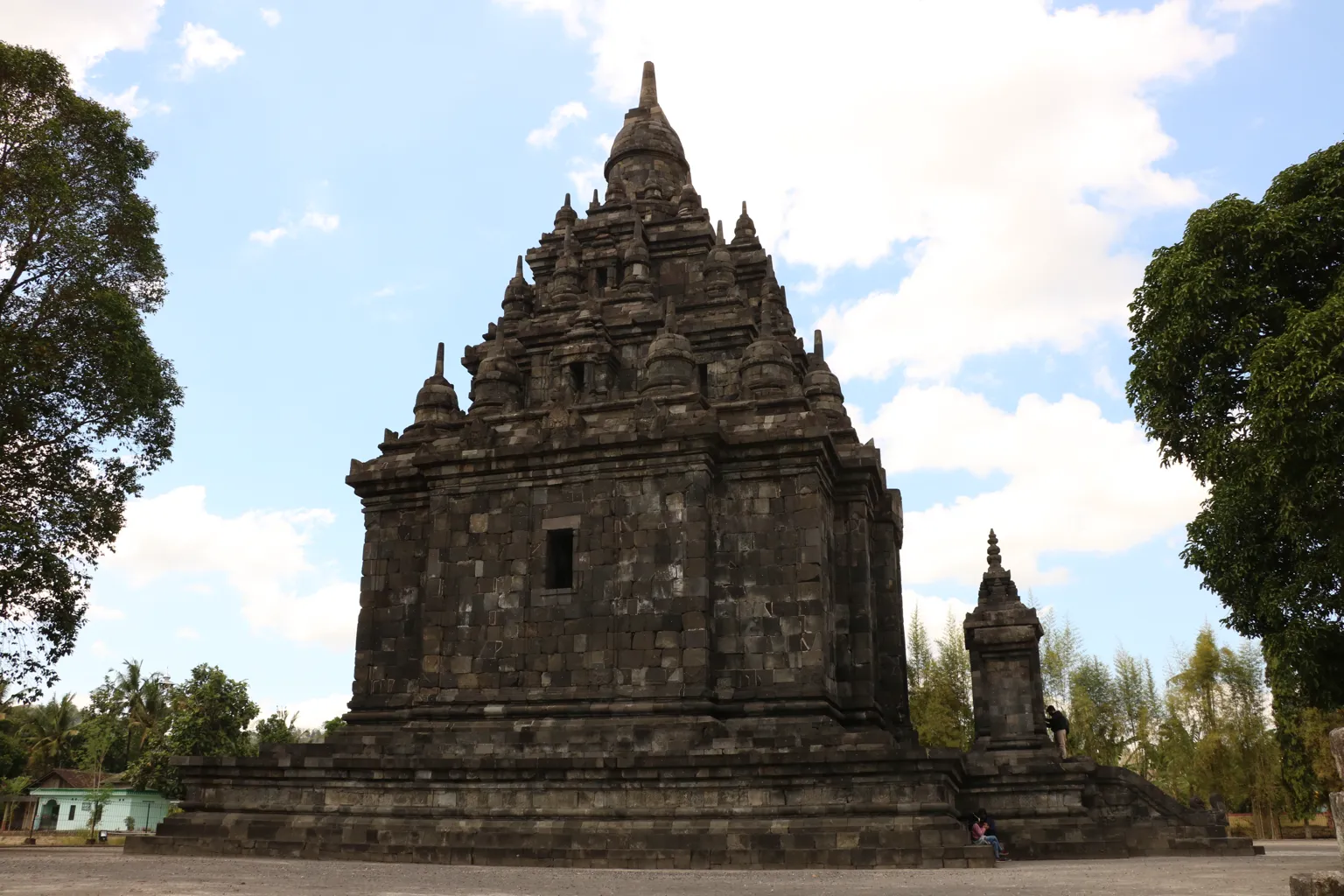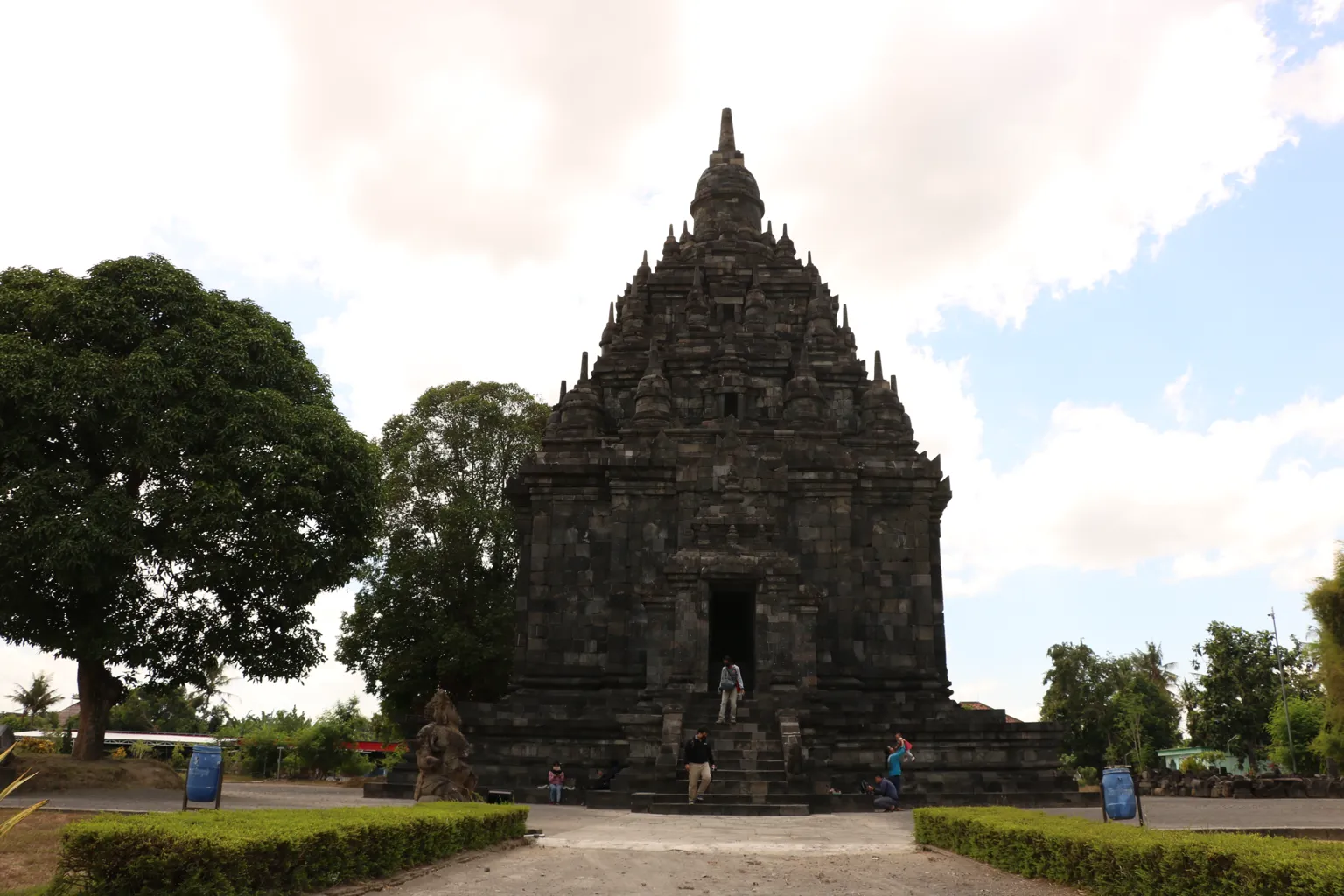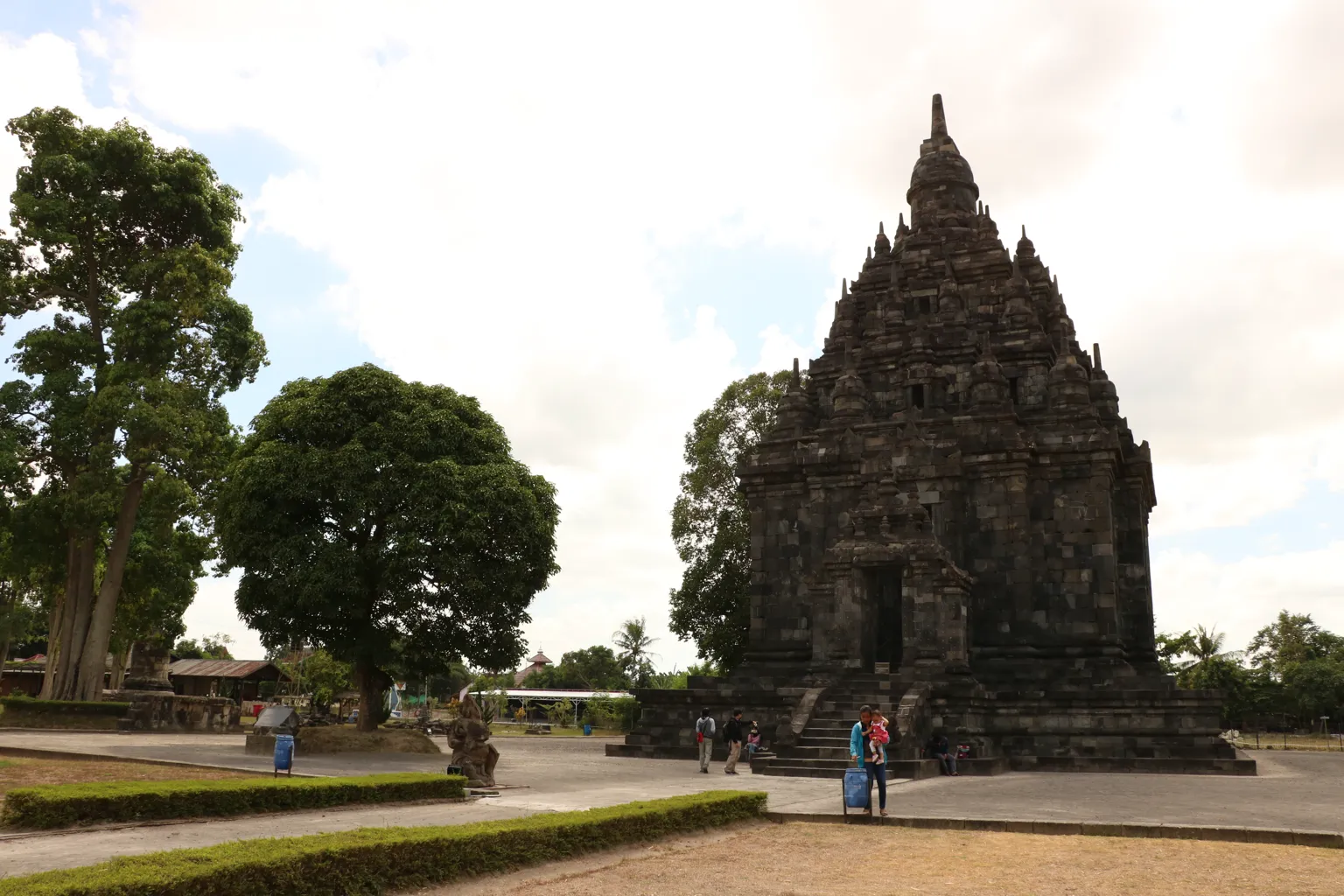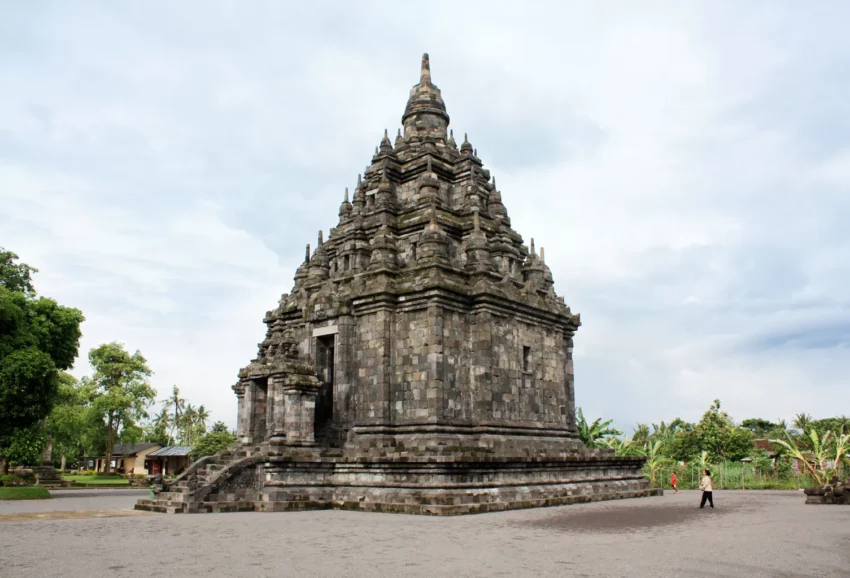Sojiwan Temple: A Jewel of Javanese Heritage
Sojiwan Temple, sometimes spelled Sajiwan, stands as a testament to the rich cultural and historical heritage of Central Java. This 9th-century AD Mahayana Buddhist temple, located in Kebon Dalem Kidul village near Prambanan, boasts a fascinating history intertwined with volcanic eruptions, royal patronage, and painstaking restoration efforts.
Get your dose of History via Email
Historical Background
The Rukam inscription from 907 AD mentions the restoration of Rukam village by Nini Haji Rakryan Sanjiwana after a devastating volcanic eruption. This inscription also obligates the villagers to care for a sacred building in Limwung, identified as Sojiwan Temple. Scholars believe that Nini Haji Rakryan Sanjiwana refers to Queen Pramodhawardhani, and the temple, named after her, was built between 842 and 850 AD. This places its construction around the same time as the nearby Plaosan Temple.

Rediscovered in 1813 by Colonel Colin Mackenzie, a subordinate of Sir Stamford Raffles, Sojiwan Temple remained in ruins for decades. Reconstruction efforts began in 1996, and the temple also became a training center for restoration projects. Unfortunately, a 2006 earthquake caused significant setbacks. Despite these challenges, the reconstruction was completed in December 2011, officially inaugurated by Indonesian Minister of Tourism and Creative Economy, Mari Pangestu. The project took 15 years and cost 8.27 billion rupiah.
Architectural Highlights
Sojiwan Temple, crafted from andesite stone, mirrors the style and form of the Mendut Temple near Borobudur. The complex spans 8,140 square meters, with the main building covering 401.3 square meters and rising to a height of 27 meters. The temple base features 20 bas-reliefs depicting stories from the Buddhist texts of Pancatantra or Jatakas. Of these, 19 reliefs remain intact. The stairway is flanked by two large makaras, mythical sea creatures in Hindu and Buddhist mythology.
Inside, the temple’s chamber contains two niches with lotus pedestals, which originally held statues of Buddha and Bodhisattvas. However, these statues are now missing. The temple’s roof, designed as a stepped pyramid crowned with stupas, adds to its architectural grandeur.

Discoveries During Restoration
Excavation during the restoration revealed two rows of walls surrounding the temple, located 14 and 30 meters from the main structure. Additional findings included paved pathways, stairs, and various temple stone block fragments, indicating that Sojiwan was once a complex with perwara temples (smaller complementary temples).
The 2011 Inauguration
The completion of Sojiwan Temple’s restoration marked a significant achievement for Indonesia’s cultural heritage preservation. On December 16, 2011, Minister Mari Pangestu, accompanied by Deputy Minister of Education and Culture Wiendu Nuryanti, officiated the temple’s inauguration. This event coincided with the inauguration of new vendor kiosks at Prambanan Temple and the restoration of other nearby temples, including Candi Ijo and Candi Barong.

A Cultural Legacy
Sojiwan Temple stands as a symbol of resilience and dedication to cultural preservation. Its rich history, architectural beauty, and the extensive efforts to restore it reflect the importance of safeguarding Indonesia’s historical treasures. Visitors to Sojiwan Temple can appreciate not only its ancient splendor but also the story of its rebirth through modern restoration efforts.
Sources:

